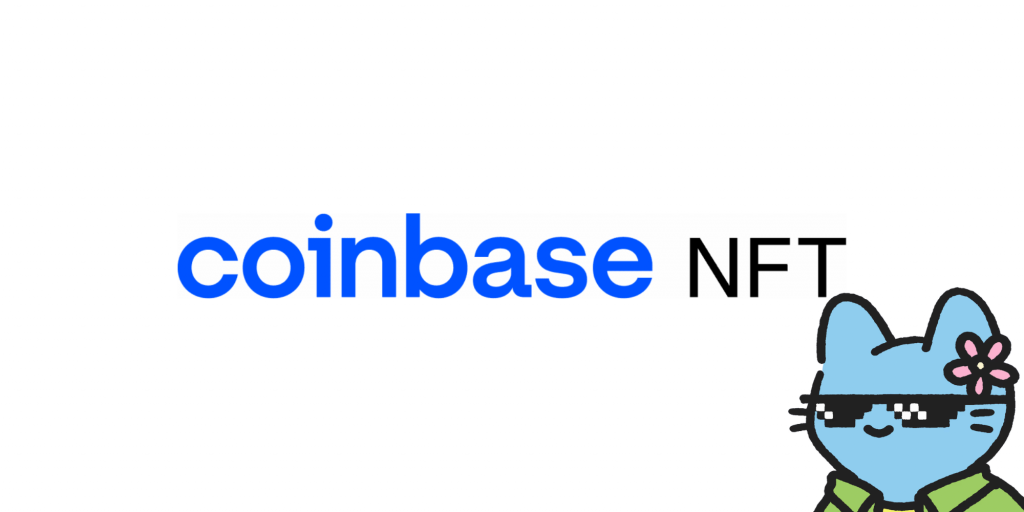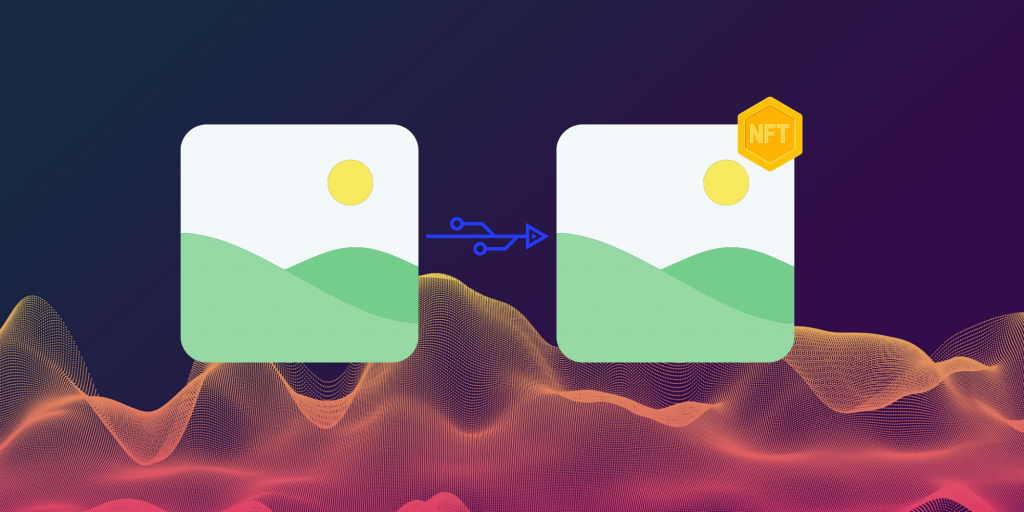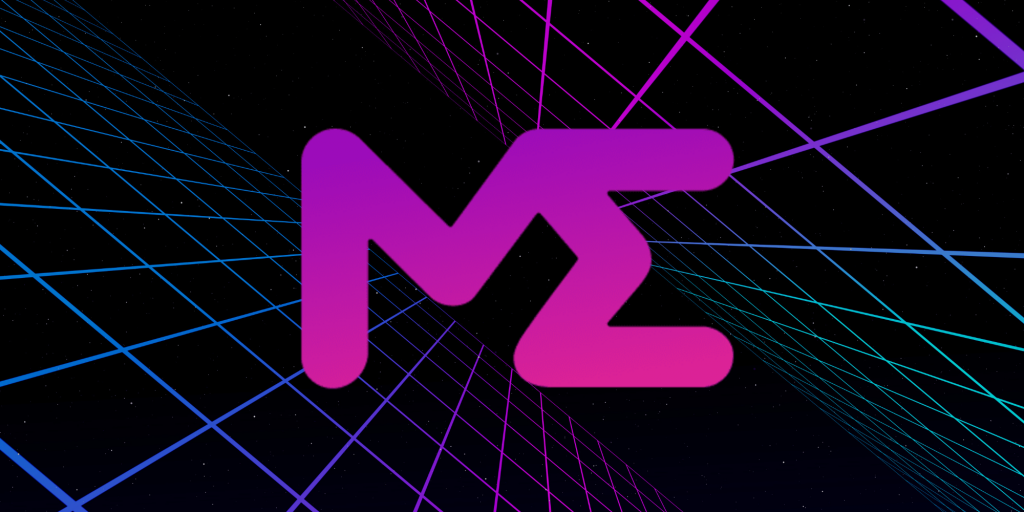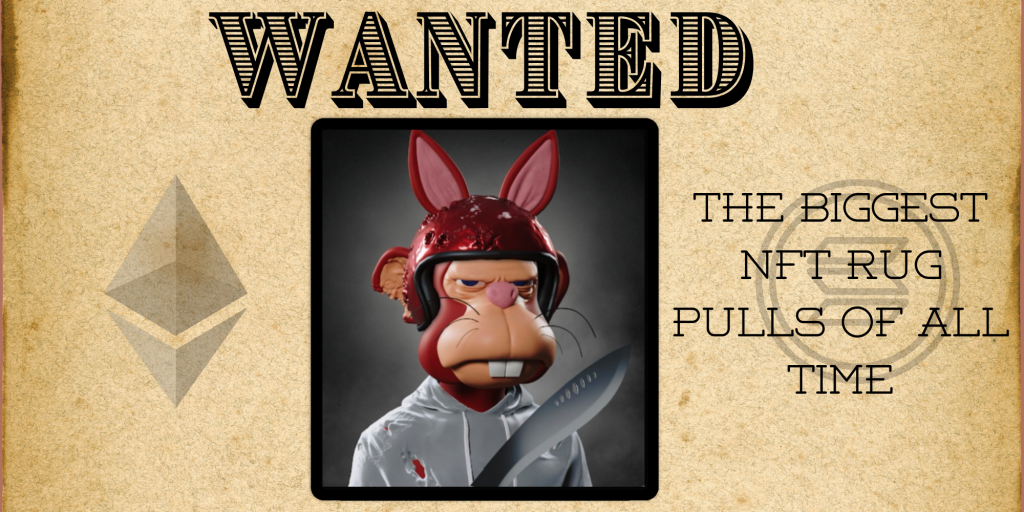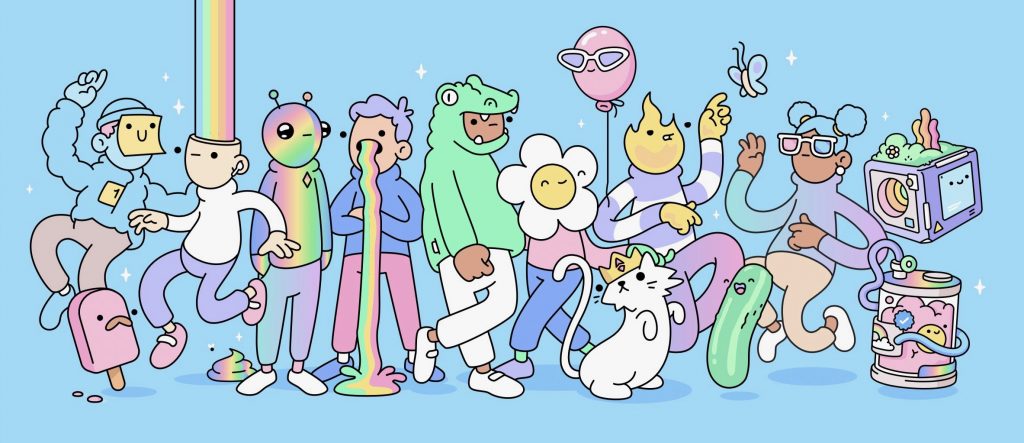How to Buy NFTs on Coinbase
Coinbase is the world’s second-largest cryptocurrency exchange, with over 73 million users. It’s best known for its easy to use interface and in-depth educational resources, making it the perfect exchange for new investors. Now, Coinbase has entered the NFT market with Coinbase NFT. Coinbase NFT works as an extension to the traditional Coinbase platform and …
